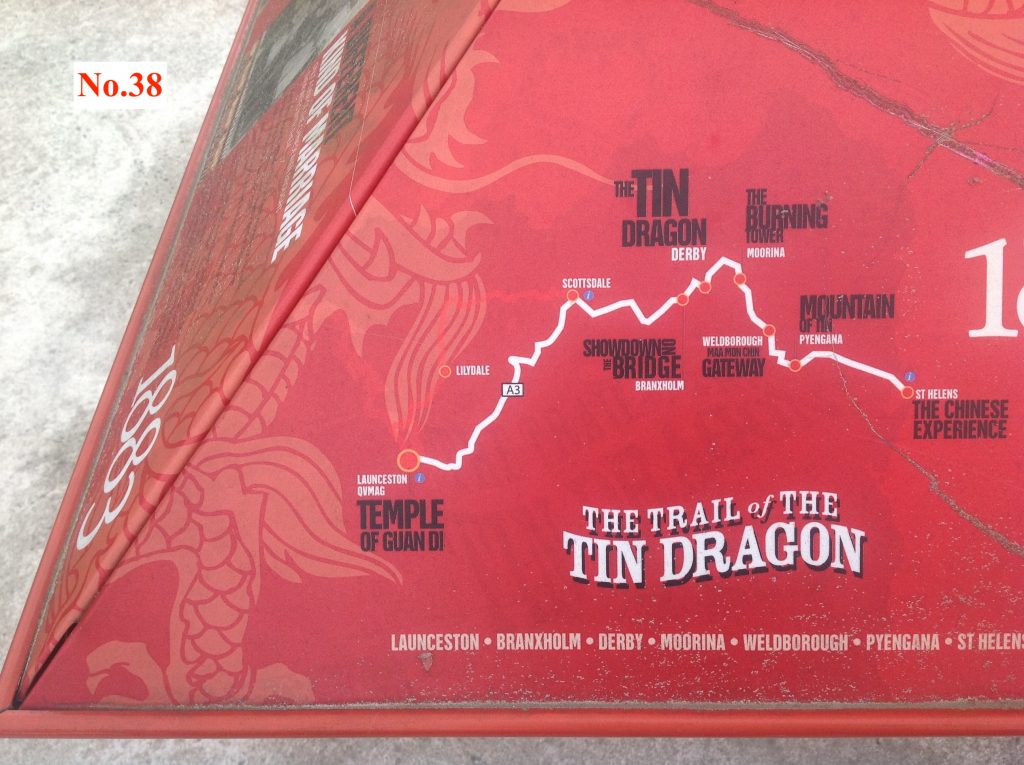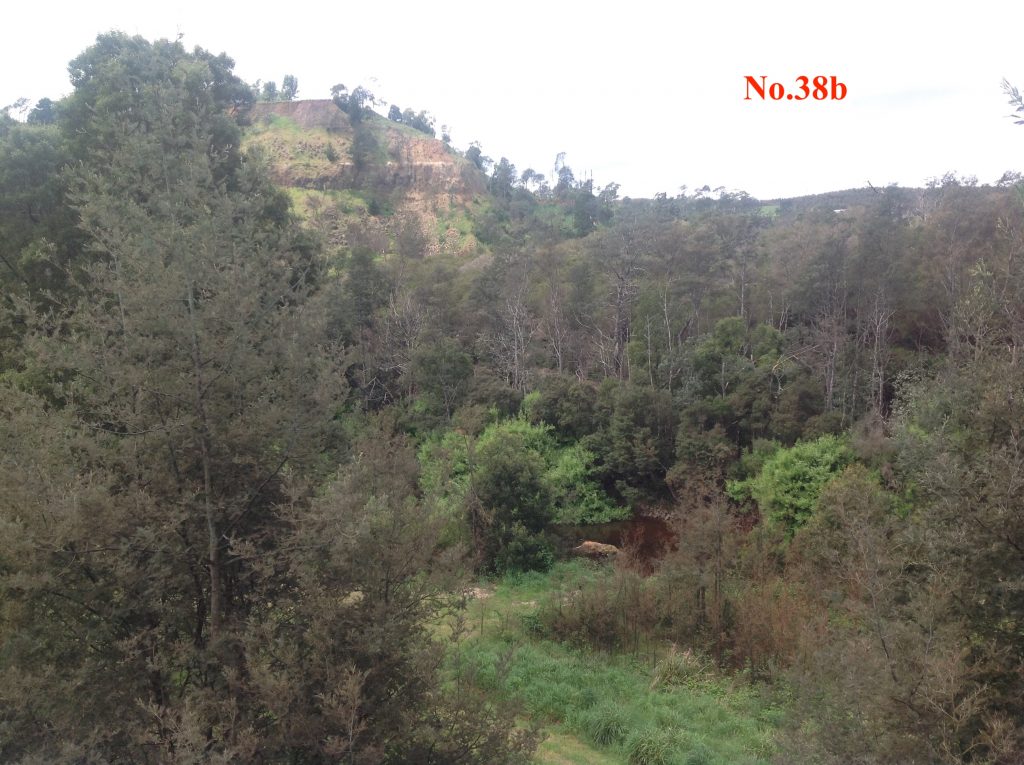
Tasmania is a well-known tourist destination with its many beautiful features attracting tourists from all around the world. In recent times the fastest growing group of international tourists have been those coming from China. Tasmania like many places around Australia is not only rediscovering its Chinese past but saw an opportunity to attract more Chinese to improve its present. Though what Chinese tin miners of the 19th century would have made of people travelling to where they once lived and worked in order to take photos and drink coffee is difficult to imagine.
In 2003 the local councils of north-eastern Tasmania began to develop a tourist trail concept to highlight their history of Chinese tin miners. The combination of trade with China and the arrival of increasing numbers of tourists from China was encouraging Australians to discover their Chinese past. If Lambing Flat (Young) in NSW (see No. 47) could make a festival out of its anti-Chinese riots then certainly north-east Tasmania (which never rioted against anyone) could make something of their tin miners.

Thus the cliché-ridden Trail of the Tin Dragon was created. The trail nominally runs from St Helens on the coast, winds its way through mountains once filled with tin and ends in Launceston. In between there is in fact relatively little that remains to be seen apart from the generally well-researched and written tourist markers. St Helens boasts a “History Room” to which was added a room devoted solely to the district’s Chinese history. The St Helens room also runs an unfortunate film full of stereotypes and almost entirely lacking in actual history. However all is forgiven at the Launceston end of the trail where can be viewed the many objects that once filled the five temples of the tin mining communities of the north-east. (See No. 10 and No. 16.)

A combination of the rising prestige and awareness of things Chinese has accompanied the rise of China economically and this, combined with the stimulus of tourist dollars, has led to a number of Chinese Australian related history and heritage projects (see No. 67). Nevertheless most fail to understand the nature of that history due to a tendency to see things through both a nation-state and a ‘white guilt’ perspective (see No. 4). The first assumes that all non-white people are ‘migrants’ and the second that all non-white people are ‘victims’. A migrant perspective emphasises features such as settlement and finds it difficult to understand the sojourning element that is such a major factor in Chinese Australian history (see No. 35). The victim labelling neglects the high degree of control over their lives that most Chinese people in Australia and China had as they developed and maintained a lifestyle that suited their purposes despite the restraints and prejudices of a white dominated society that continues its dominance of the historical perspective in so many ways. (See No. 19 & No. 29)
See here for a brief overview of Chinese Australian history in Tasmania.

